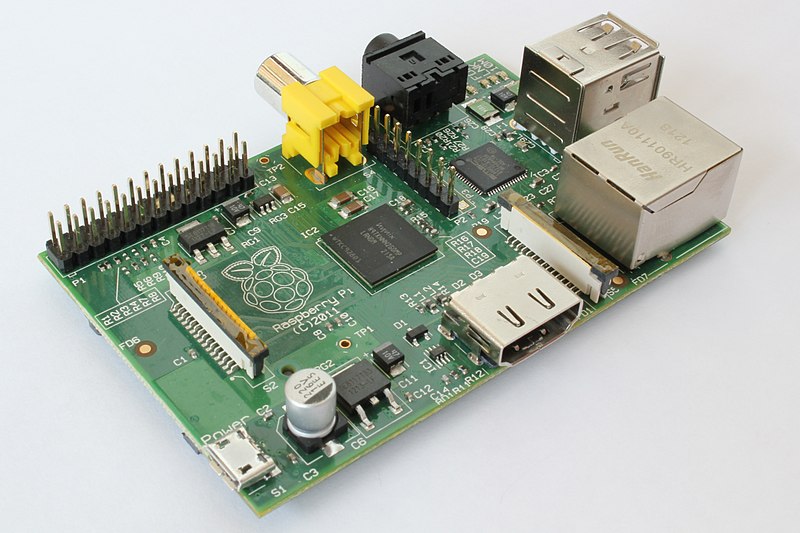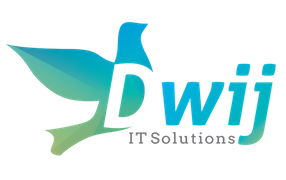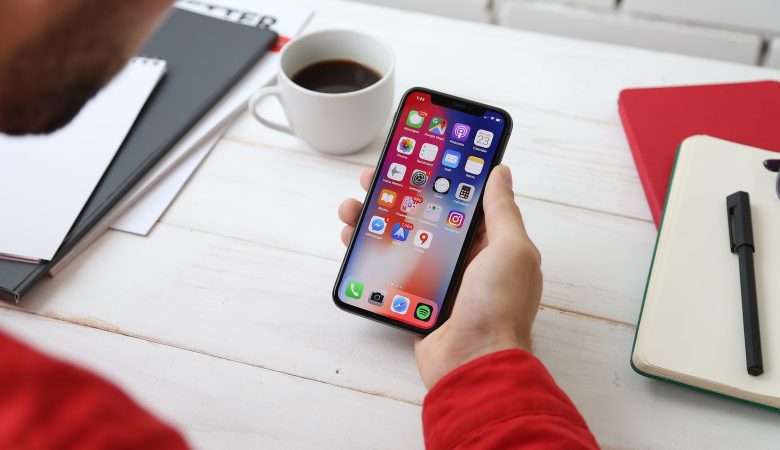So many times it happens where we need to deploy our Software/Embedded Project on Hardware. Only problem comes is creating Hardware based on ARM Processor & all its time consuming interfacing.
But there is a way to skip all this lengthy stuff known as Raspberry Pi [Official Website: http://www.raspberrypi.org].
So What is Raspberry Pi:
The Raspberry Pi is a credit-card-sized single-board computer developed in the UK by the Raspberry Pi Foundation with the intention of promoting the teaching of basic computer science in schools.

Currently there are two models of Raspberry Pi Model A & B. Initial sales are of the Model B, with plans to release the Model A in early 2013. Model A has one USB port and no Ethernet controller, and will cost less than the Model B with two USB ports and a 10/100 Ethernet controller.
Technical Specifications:
| Model A | Model B | |
|---|---|---|
| Target price: | ~US$25 | ~Rs.3125 |
| SoC: | Broadcom BCM2835 (CPU, GPU, DSP, SDRAM, and single USB port) | |
| CPU: | 700 MHz ARM1176JZF-S core (ARM11 family, ARMv6 instruction set) | |
| GPU: | Broadcom VideoCore IV @ 250 MHzOpenGL ES 2.0 (24 GFLOPS)MPEG-2 and VC-1 (with license), 1080p 30 h.264/MPEG-4 AVC high-profile decoder and encoder | |
| Memory (SDRAM): | 256 MB (shared with GPU) | 512 MB (shared with GPU) as of 15 October 2012 |
| USB 2.0 ports: | 1 (direct from BCM2835 chip) | 2 (via the built in integrated 3-port USB hub) |
| Video input: | A CSI input connector allows for the connection of a RPF designed camera module | |
| Video outputs: | Composite RCA (PAL and NTSC), HDMI (rev 1.3 & 1.4), raw LCD Panels via DSI14 HDMI resolutions from 640×350 to 1920×1200 plus various PAL and NTSC standards. | |
| Audio outputs: | 3.5 mm jack, HDMI, and, as of revision 2 boards, I²S audio (also potentially for audio input) | |
| Onboard storage: | SD / MMC / SDIO card slot (3,3V card power support only) | |
| Onboard network: | None | 10/100 Ethernet (8P8C) USB adapter on the third port of the USB hub |
| Low-level peripherals: | 8 × GPIO, UART, I²C bus, SPI bus with two chip selects, I²S audio +3.3 V, +5 V, ground | |
| Power ratings: | 300 mA (1.5 W) | 700 mA (3.5 W) |
| Power source: | 5 volt via MicroUSB or GPIO header | |
| Size: | 85.60 mm × 53.98 mm (3.370 in × 2.125 in) | |
| Weight: | 45 g (1.6 oz) | |
| Operating systems: | Arch Linux ARM, Debian GNU/Linux, Fedora, FreeBSD, NetBSD, Plan 9, Raspbian OS, RISC OS, Slackware Linux | |
So whats so special with this Raspberry Pi: You get a lot of freedom in choosing the OS which you want to install on Raspberry Pi.
This is a list of operating systems that have been, or are being, ported to Raspberry Pi.
- Full OS:
- AROS
- GEORGE 3 - within an emulator.
- Haiku[139]
- Linux
- Android
- Android 2.3 (Gingerbread)
- Android 4.0 (Ice Cream Sandwich)
- Arch Linux ARM
- R_Pi Bodhi Linux[140]
- Debian ARM architecture ports, but not the Debian ARMhf architecture ports (introduced with Debian 7 Wheezy), since these are compiled for ARMv7 and the Raspberry Pi CPU is ARMv6
- Firefox OS
- Puppy Linux[142]
- Gentoo Linux[143]
- Google Chromium OS
- PiBang Linux[144]
- Raspberry Pi Fedora Remix
- Slackware ARM (formerly ARMedslack)
- QtonPi a cross-platform application framework based Linux distribution based on the Qt framework
- WebOS
- Android
- Plan 9 from Bell Labs[146][147]
- RISC OS
- Unix
- Multi-purpose light distributions:
- Moebius operating system, a light ARM HF distribution based on Debian. It uses Raspbian repository, but it fits in a 1 GB SD card. It has just minimal services and its memory usage is optimized to keep a small footprint.
- Minibian, another light ARM HF distribution based on Raspbian repository.
- OpenWrt "Attitude Adjustment" 12.09
- Squeezed Arm Puppy, a version of Puppy Linux (Puppi) for the ARMv6 (sap6) specifically for the Raspberry Pi.[151]
- Kali Linux
- Single-purpose light distributions:
- IPFire
- OpenELEC
- Raspbmc
- XBian
- RasPlex
- Raspberry Digital signage, an operating system for digital signage purposes (web and media views).
Now you can start with your own PI Kit by using this quick start guide.
These kits are also available in Pune at various shops. These shops are enlisted here: http://dwij.co.in/electronics-robotics-components-shops-in-pune
You can also order your kit from https://www.crazypi.com/raspberry-pi-products.
To take this workshop in your college or institute contact us on: http://dwij.co.in/RaspberryPi







Leave a Reply